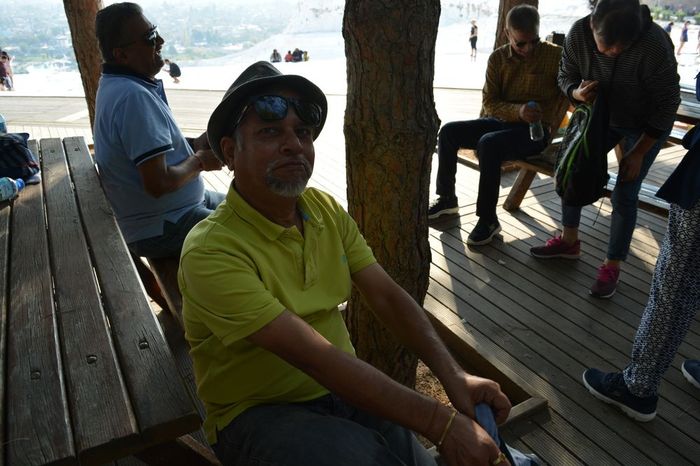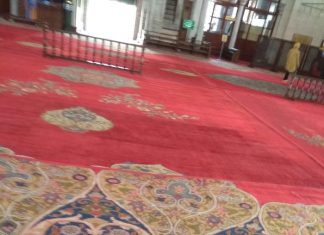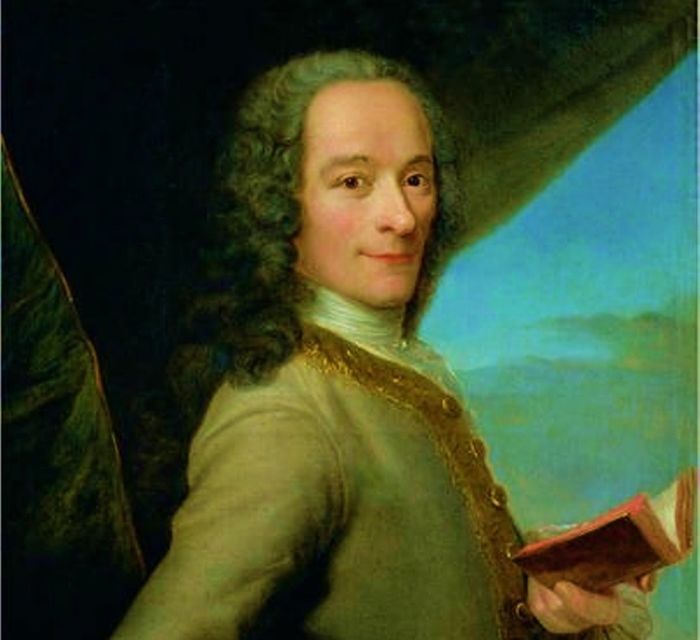The famous statue of the Good Shepherd in the Lateran Museum was made as early as the beginning of the third century, the statues of Hippolytus and of St. Peter date from the end of the same century. The principle was quite simple. The first Christians were accustomed to see statues of emperors, of pagan gods and heroes, as well as pagan wall-paintings. So they made paintings of their religion, and, as soon as they could afford them, statues of their Lord and of their heroes, without the remotest fear or suspicion of idolatry.
The idea that the Church of the first centuries was in any way prejudiced against pictures and statues is the most impossible fiction. After Constantine (306-37) there was of course an enormous development of every kind. Instead of burrowing catacombs Christians began to build splendid basilicas. They adorned them with costly mosaics, carving, and statues. But there was no new principle. The mosaics represented more artistically and richly the motives that had been painted on the walls of the old caves, the larger statues continue the tradition begun by carved sarcophagi and little lead and glass ornaments.
Apostles as well-known ornaments of churches
From that time to the Iconoclast Persecution holy images are in possession all over the Christian world. St. Ambrose (d. 397) describes in a letter how St. Paul appeared to him one night, and he recognized him by the likeness to his pictures (Ep. ii, in P.L., XVII, 821). St. Augustine (d. 430) refers several times to pictures of our Lord and the saints in churches (e.g. “De cons. Evang.”, x in P.L., XXXIV, 1049; Reply to Faustus XXII.73); he says that some people even adore them (“De mor. eccl. cath.”, xxxiv, P.L., XXXII, 1342). St. Jerome (d. 420) also writes of pictures of the Apostles as well-known ornaments of churches (In Ionam, iv). St. Paulinus of Nola (d. 431) paid for mosaics representing Biblical scenes and saints in the churches of his city, and then wrote a poem describing them (P.L., LXI, 884). Gregory of Tours (d. 594) says that a Frankish lady, who built a church of St. Stephen, showed the artists who painted its walls how they should represent the saints out of a book (Hist. Franc., II, 17, P.L., LXXI, 215).
In the East St. Basil (d. 379), preaching about St. Barlaam, calls upon painters to do the saint more honour by making pictures of him than he himself can do by words (“Or. in S. Barlaam”, in P.G., XXXI). St. Nilus in the fifth century blames a friend for wishing to decorate a church with profane ornaments, and exhorts him to replace these by scenes from Scripture (Epist. IV, 56). St. Cyril of Alexandria (d. 444) was so great a defender of icons that his opponents accused him of idolatry (for all this see Schwarzlose, “Der Bilderstreit” i, 3-15). St. Gregory the Great (d. 604) was always a great defender of holy pictures (see below).
Read More about John of Damascus part 9








